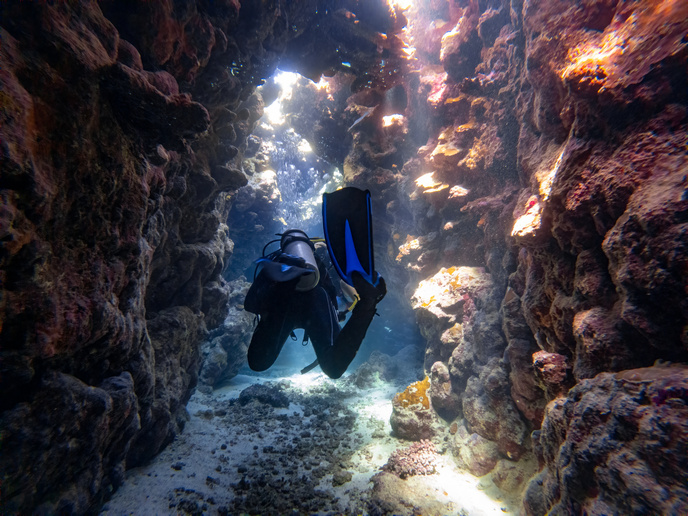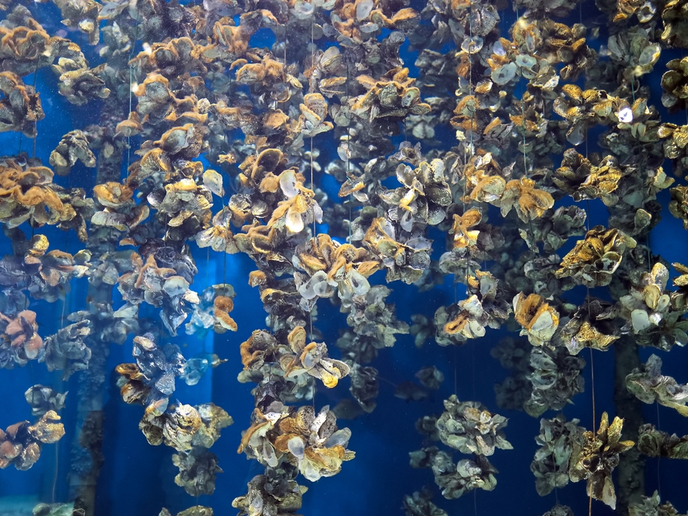Deep-sea coral study drives call for better protection
In the last few decades, deep-sea exploration has unveiled the existence of cold-water coral (CWC) reefs in nutrient-rich waters off the coasts of almost 50 countries. “CWC reefs – slow-growing bioconstructions in the deep sea – are important for maintaining high biodiversity in the ocean, similar to that of shallow-water tropical reefs,” explains HABISS project investigator Claudio Lo Iacono(opens in new window), from the Marine Science Institute(opens in new window) – Spanish National Research Council (ICM-CSIC). “They also provide shelter for several fish species of economic importance. Sadly however, these environments are severely endangered by human activity, particularly by destructive fishing practices.”
Understanding coral interactions with the environment
The HABISS project, which was funded by the Marie Skłodowska-Curie Actions(opens in new window) programme, sought to improve the monitoring of these reefs, in order to protect them over the long term. The project focused on three different study areas: the pristine Cabliers(opens in new window) reefs in the south-western Mediterranean; the Blanes submarine canyon(opens in new window) in the north-western Mediterranean; and the Barkley submarine Canyon(opens in new window), in the northern Pacific Ocean. “I wanted to better understand the interactions between the coral and the surrounding environment,” says Lo Iacono. “The near-pristine Cabliers reefs for example are important for marine conservation activities.” Lo Iacono also wanted to evaluate if and how CWC ecosystems can cope and maintain their state of health under human-induced disturbances (such as trawling activities in the Blanes Canyon) and natural disturbances (such as the oxygen-depleted hypoxic waters(opens in new window) of the Barkley Canyon). Regional oceanographic data as well as in situ observations from cutting-edge seafloor observatories were integrated. This multidisciplinary approach enabled the project team to study interactive processes between the reefs and the surrounding environment.
Strengthening protection and restricting human activity
The project succeeded in increasing knowledge about the ecological character and physical environment of the best preserved CWC reef in the Mediterranean, the Cabliers reefs. Lo Iacono hopes that this will strengthen the case for its protection, through restricting human activity and encouraging deeper cooperation between Algeria, Morocco and Spain. The ultimate goal is to formalise the institution of a UN Fishery Restricted Area, and permanently protect the Cabliers CWC reefs from fishing activities as of 2024. The project team also developed new conceptual models to explain how seafloor complexity and the surrounding environment interact. When internal tide waves break against canyon walls for example, the turbulence generated mixes up sediment rich in nutrients, essential for coral feeding. New insights were made into the role of internal tide waves in the maintenance of coral assemblages, as well as in how CWC populations adapt in oxygen-depleted environments. These findings could help to better predict CWC distribution in the future.
Conservation of marine resources
The HABISS project has made important contributions to the management of deep-sea natural resources. “We now better understand how CWC reefs are able to cope with extreme environmental conditions, such as bottom trawling and oxygen depletion,” adds Lo Iacono. Many of these scientific insights will be published in scientific papers, and the findings presented at international conferences and environmental advocacy meetings. “A key success has been our engagement with EU-level policymakers and technical expert groups,” says Lo Iacono. “These groups are currently looking into measures(opens in new window) for the conservation and sustainable use of living marine resources in Mediterranean deep-sea ecosystems.”







